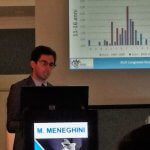Neurorehabilitation
Neurorehabilitation follows the first acute phase that characterizes a brain trauma. This branch of medicine is concerned with directing the patient towards a rehabilitation itinerary, aimed at recovering from injuries of the nervous system and neurological disorders.
We will try to inform you about the potential and mechanics of this branch of medicine, showing you how neurological rehabilitation acts on the improvement of the patient’s cognitive abilities.
During our journey we will encounter crossroads and turns that will guide us towards the discovery of further pathologies and neurological deficits such as: stroke, Parkinson’s disease, cerebral palsy, head trauma. We will follow the application dynamics and the impact that neurovisual rehabilitation has on each of these issues.
Latest articles
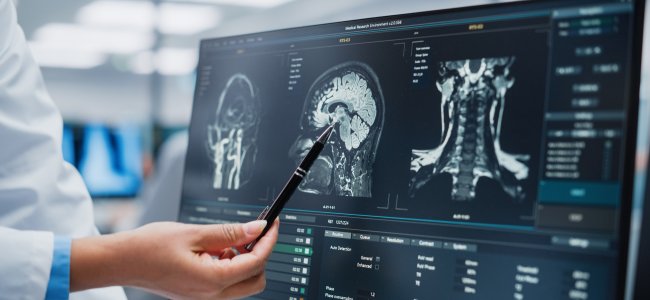
Treatments for patients with hemianopsia
Going downstairs, grasping objects, reading and writing are some of the difficulties that patients with hemianopsia face on a daily basis. Let’s find out how rehabilitation plays an important role in visual recovery.

Hemianopsia and diseases of the optic chiasma
Lesions of the optic chiasm can cause various visual field alterations: the most common alteration is bitemporal heteronymous hemianopsia.
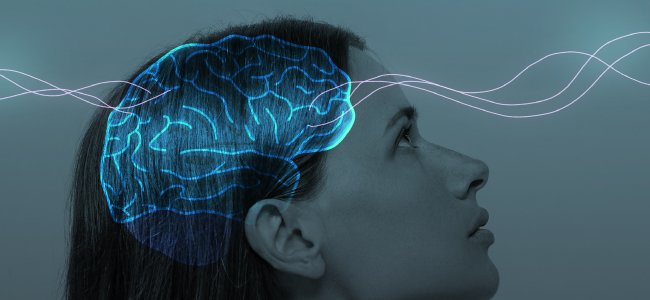
Hemianopsia: neuroscience and neuropsychological rehabilitation
The rehabilitation of hemianopsia requires multidisciplinary teamwork and the creation of an customized rehabilitation project.
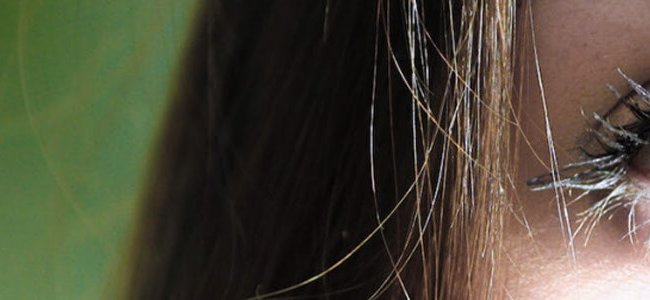
Horner’s Syndrome
It affects the face and eyes on one side of the body, causing eyelid drooping, pupil reduction, and sweating. Let’s learn more about this rare neurological disease.
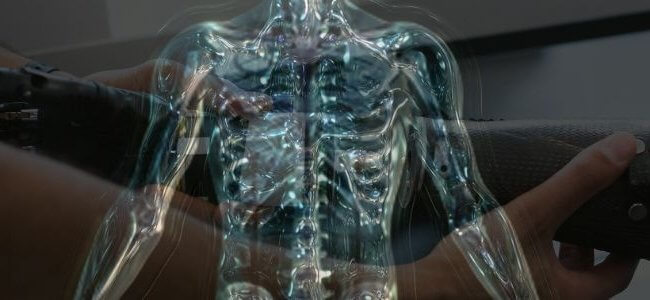
Exoskeleton for rehabilitation: how it works
Robotic neurorehabilitation and rehabilitation exoskeletons offer an innovative, versatile, and efficient perspective.

Alpha waves stock: characteristics and role in the visual system
The oscillatory frequency of alpha waves varies depending on whether the subject is awake or asleep; from this evidence, we hypothesise a link between the oscillatory dynamics of Alpha and the visual system.
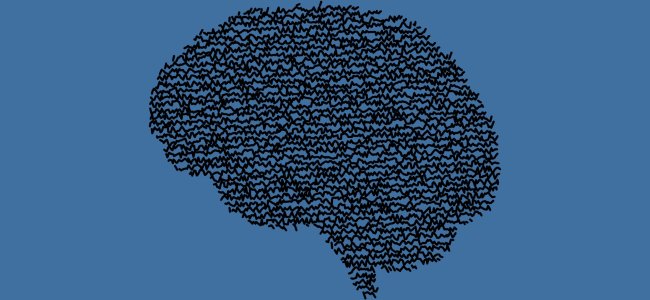
Brain waves chart: what they are and how they work
Brain waves: the organization of electrical activity in the brain.
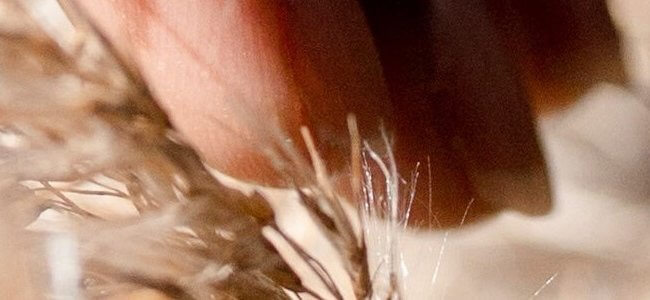
Hypoesthesia: what it is, symptoms and causes
Hypoesthesia is a loss of sensitivity, whose cause should be diagnosed promptly.
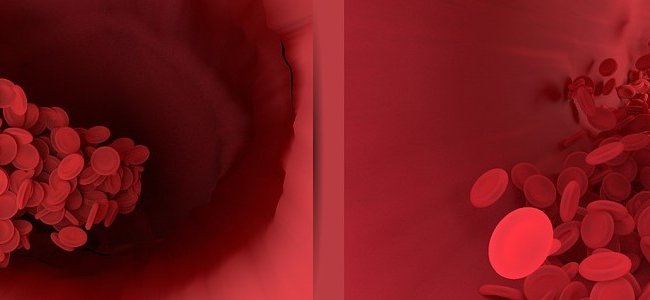
Cerebral ischemia: what it is, how to recognize symptoms
Cerebral ischemia indicates a distressed status of an area of the brain. Here’s who it affects and the symptoms not to underestimate.

Stuttering: what is it, symptoms, and how to deal with it
Stuttering: what it is, how to distinguish symptoms, and how to improve quality of life.

Neuroplasticity: how can we reorganize or rearrange the brain
Neuroplasticity accompanies us from birth until old age and affects our cognitive development.

Attention deficit and hyperactivity: how to recognize it?
Attention deficit and hyperactivity disorder may be due to a multiplicity of factors, among which the most likely are genetic.

